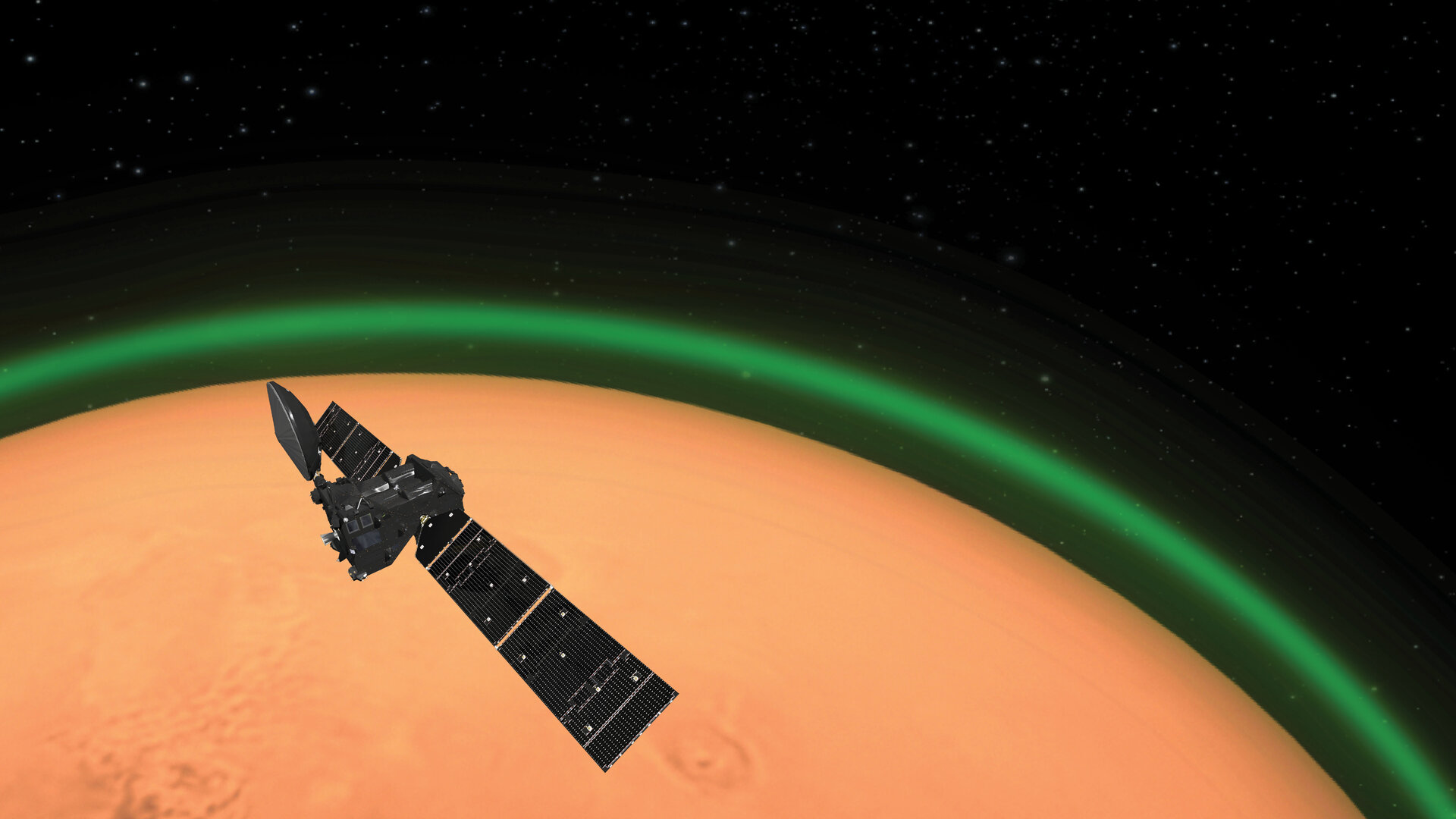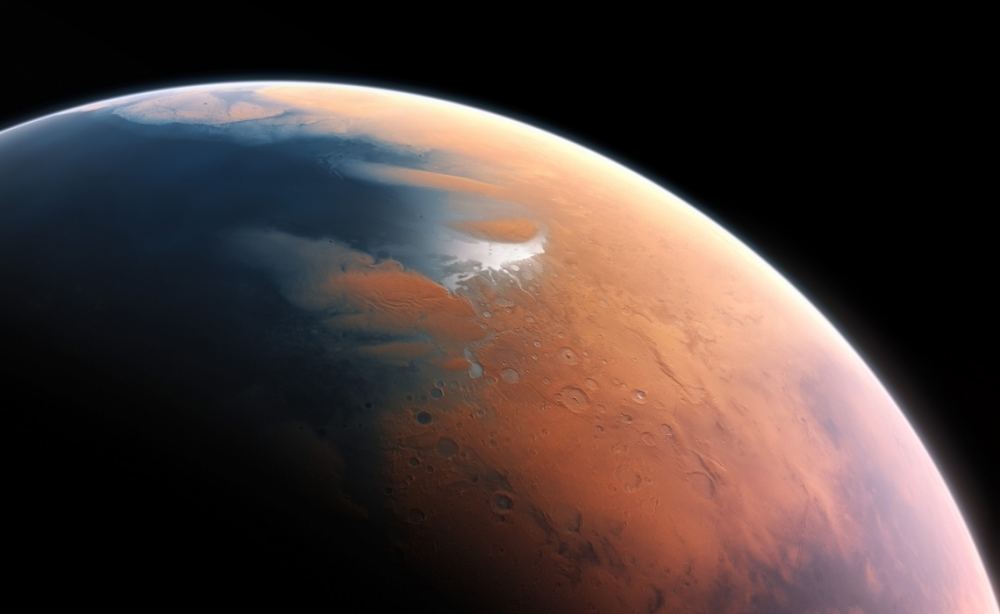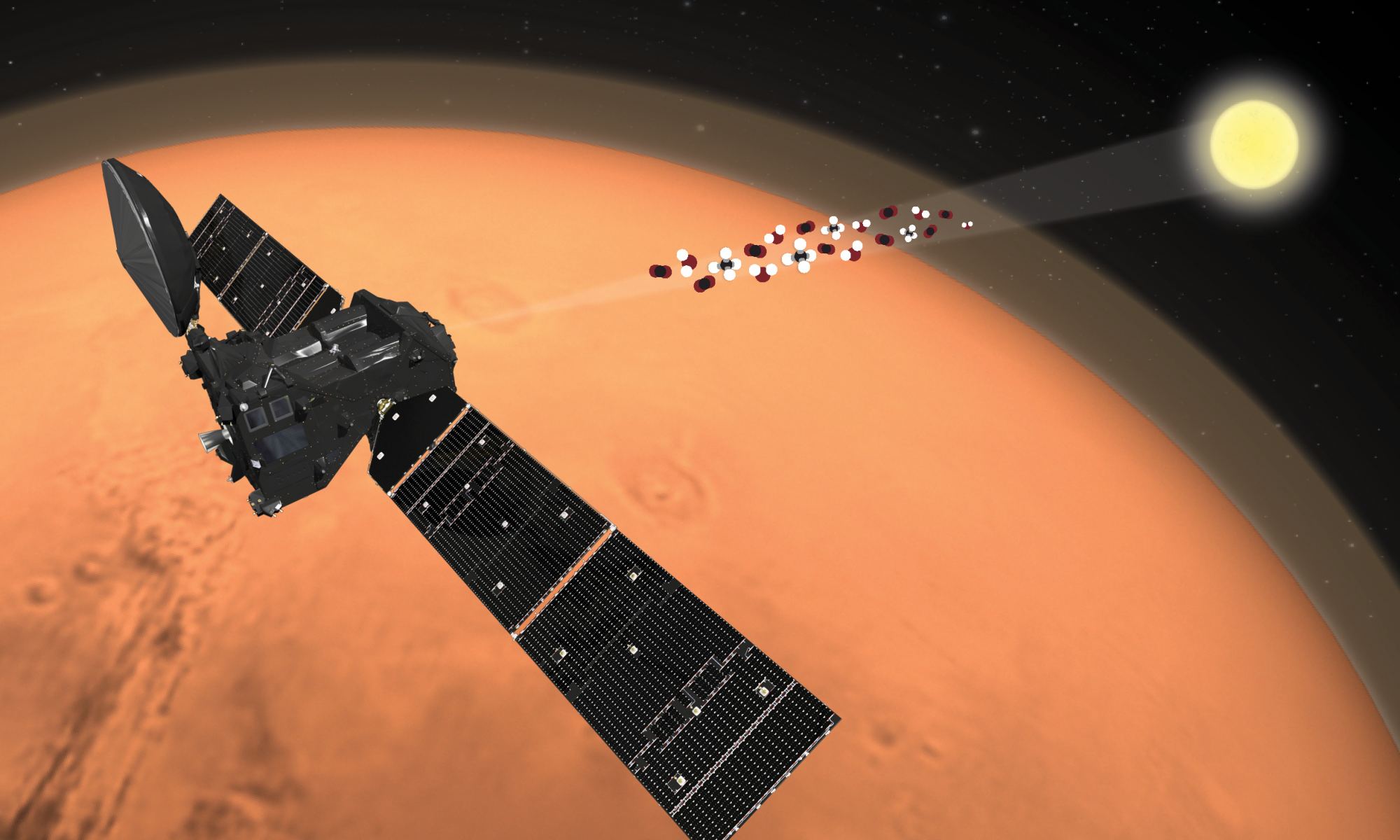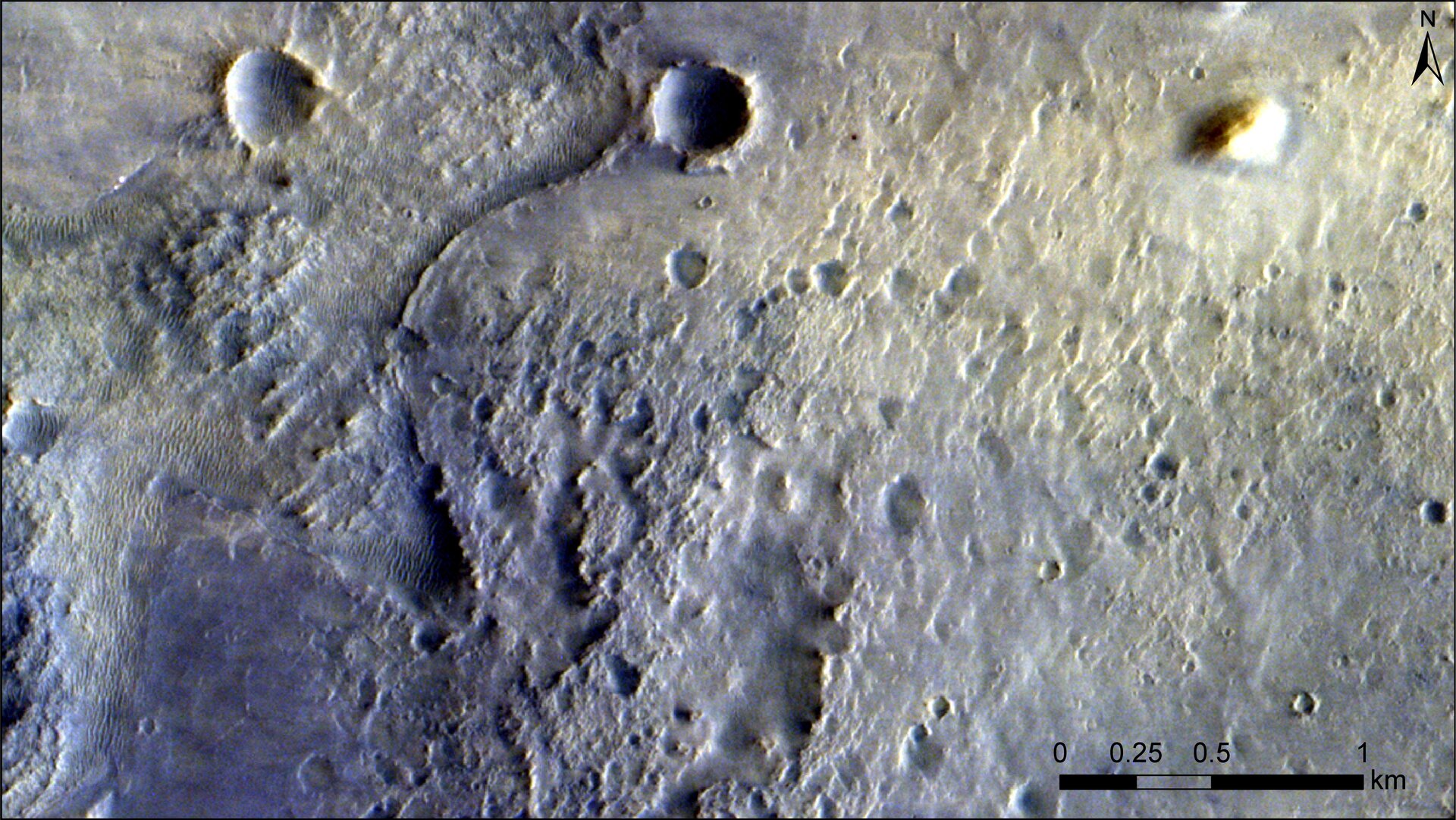Mars is often considered to be the planet most similar to the Earth. Earth however, is capable of supporting life, Mars on the other hand could not. There was once a time when it was warmer and wetter and could support life. Exploring life on Earth shows us that bacteria known as extremophiles can live in the most harsh conditions on Earth, it may just be possible that there are places on Mars that could also support these hardy forms of life. A new paper explores that possibility by studying the most extreme Earth-based bacteria that could survive under ground on Mars.
Drone Test Flights Are Being Tested for Flights on Alien Worlds

We’ve already seen the success of the Ingenuity probe on Mars. The first aircraft to fly on another world set off on its maiden voyage in April 2021 and has now completed 72 flights. Now a team of engineers are taking the idea one step further and investigating ways that drones can be released from satellites in orbit and explore the atmosphere without having to land. The results are positive and suggest this could be a cost effective way to explore alien atmospheres.
Continue reading “Drone Test Flights Are Being Tested for Flights on Alien Worlds”A New View of Olympus Mons

After 100,000 orbits and almost 23 years on Mars, NASA’s Mars Odyssey orbiter has seen a lot. The spacecraft was sent to map ice and study its geology, but along the way, it’s captured more than 1.4 million images of the planet.
A recent image captured the Solar System’s tallest mountain and volcano, Olympus Mons.
Continue reading “A New View of Olympus Mons”Odyssey Gives Us a Cool New View of Mars

Chances are that you’ve seen images of Earth from space, thanks to the astronauts aboard the International Space Station (ISS), who regularly share stunning photos of our planet. These images provide us regularly with breathtaking views of cities, oceans, storms, eruptions, clouds, the curvature of the planet, and the way the atmosphere glows against the horizon. Thanks to NASA’s Mars Odyssey Orbiter, which has been in orbit for over 22 years, we now have an equally breathtaking view of Mars from orbit that captured what its curvature and atmosphere look like from space.
Continue reading “Odyssey Gives Us a Cool New View of Mars”Martian Green Nightglow Seen for the First Time

On Earth, there is a phenomenon known as nightglow, where the atmosphere experiences faint light emissions that prevent the night sky from becoming completely dark. This is caused by various processes in the upper atmosphere, like the recombination of atoms, cosmic rays striking the atmosphere, or oxygen and nitrogen interacting with hydroxyl a few hundred kilometers from the surface. Thanks to data obtained by the ESA’s ExoMars Trace Gas Orbiter (TGO), the same phenomenon has been observed in the Martian atmosphere for the first time.
While scientists have long suspected that Mars also experiences this atmospheric phenomenon, this is the first time that effectively proves it. The revelation was made by an international team of scientists based on their analysis of data from the TGO’s Nadir and Occultation for MArs Discovery (NOMAD) spectrometer. When astronauts and rovers explore Mars’ polar regions in the near future, they will see a green glow whenever they look up at the sky and could even use the glow to navigate and find their way in the dark of night.
Continue reading “Martian Green Nightglow Seen for the First Time”This Sure Looks Like the Movements of a Glacier Across Ancient Mars

It is a scientific certainty that Mars was once a much different place, with a denser atmosphere, warmer temperatures, and where water once flowed. Evidence of this past is preserved in countless surface features, ranging from river channels and alluvial deposits to lakebeds. However, roughly 4 billion years ago, the planet began to change into what we see today, an extremely cold and desiccated environment. Between all that, it is possible Mars experienced glacial and interglacial periods, which is evidenced by images like the one taken by the NASA Mars Reconnaissance Orbiter (MRO) shown above.
Continue reading “This Sure Looks Like the Movements of a Glacier Across Ancient Mars”Life Probably Didn't Have a Hand in Creating Organic Deposits on the Surface of Mars
At this very moment, eleven robotic missions are exploring Mars, a combination of orbiters, landers, rovers, and one aerial vehicle (the Ingenuity helicopter). Like their predecessors, these missions are studying Mars’ atmosphere, surface, and subsurface to learn more about its past and evolution, including how it went from a once warmer and wetter environment to the freezing, dusty, and extremely dry planet we see today. In addition, these missions are looking for evidence of past life on Mars and perhaps learning if and where it might still exist today.
One particularly interesting issue is how the atmosphere of Mars – primarily composed of carbon dioxide (CO2) – is relatively enriched with Carbon-13 (13C), aka. “heavy carbon.” For years, scientists have speculated that the ratio of this isotope to “light carbon” (12C) might be responsible for organics found on the surface (a sign of biological processes!). But after analyzing data from the ESA’s ExoMars Trace Gas Orbiter (TGO) mission, an international team led by The Open University determined that these organics may be “abiotic” in origin (i.e., not biological).
Continue reading “Life Probably Didn't Have a Hand in Creating Organic Deposits on the Surface of Mars”Perseverance Sees Drifting Clouds on Mars

NASA’s Perseverance rover mission provided a bluish pre-sunrise gift above Jezero Crater on March 18, 2022, aka Sol 738, or the 738th Martian day of the mission, with “sol” being the official timekeeping method for Mars missions since one Martian day is approximately 40 minutes longer than one Earth day. And, on this particular sol, the car-sized explorer used one of its navigation cameras (Navcam) to snap images of high-altitude clouds drifting in the Martian sky, which it shared on its officially Twitter page on March 23, 2023.
Continue reading “Perseverance Sees Drifting Clouds on Mars”Early Life on Mars Might Have Wiped Out Life on Mars

Life might have wiped itself out on early Mars. That’s not as absurd as it sounds; that’s sort of what happened on Earth.
But life on Earth evolved and persisted, while on Mars, it didn’t.
Continue reading “Early Life on Mars Might Have Wiped Out Life on Mars”Perseverance Seen From Space by ESA’s ExoMars Orbiter
A little over a week ago (February 18th, 2021), NASA’s Perseverance rover landed in the Jezero crater on the surface of Mars. In what was truly a media circus, people from all over the world tuned to watch the live coverage of the rover landing. When Perseverance touched down, it wasn’t just the mission controllers at NASA who triumphantly jumped to their feet to cheer and applaud.
In the days that followed, the world was treated to all kinds of media that showed the surface of Mars and the descent. The most recent comes from the Trace Gas Orbiter (TGO), which is part of the ESA-Roscosmos ExoMars program. From its vantage point, high above the Martian skies, the TGO caught sight of Perseverance in the Jezero crater and acquired images that show the rover and other elements of its landing vehicle.
Continue reading “Perseverance Seen From Space by ESA’s ExoMars Orbiter”


